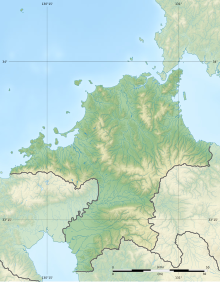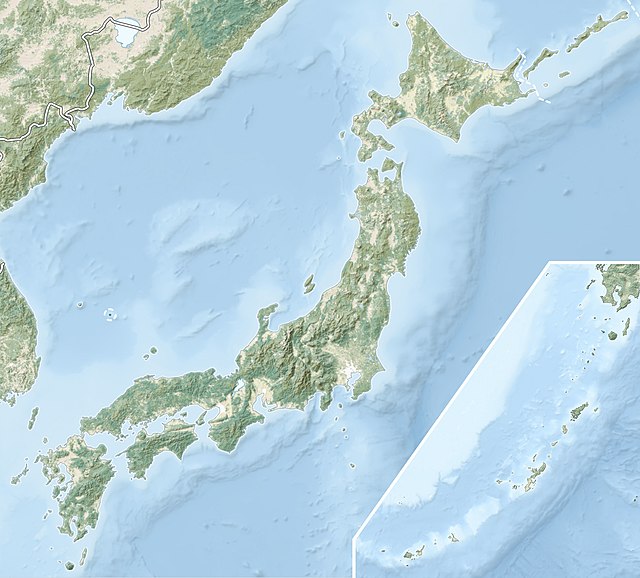The 1600 siege of Yanagawa took place just after the decisive battle of Sekigahara in which Tokugawa Ieyasu secured his control over Japan.
This article needs additional citations for verification. (August 2018) |
| Siege of Yanagawa | |||||||
|---|---|---|---|---|---|---|---|
| Part of the Sengoku period | |||||||
| |||||||
| Belligerents | |||||||
|
Eastern army; Forces loyal to Tokugawa Ieyasu |
Western army; Tachibana clan Castle garrison | ||||||
| Commanders and leaders | |||||||
|
Katō Kiyomasa Kuroda Yoshitaka Nabeshima Naoshige |
Tachibana Muneshige Tachibana Ginchiyo | ||||||
History
Tachibana Ginchiyo and Tachibana Muneshige remained one of the chief opponents to Tokugawa on Kyūshū, and was besieged in his castle at Yanagawa by Katō Kiyomasa, Kuroda Yoshitaka and Nabeshima Naoshige.
Muneshige surrendered under the assumption that he could then switch sides and aid the Tokugawa-loyal forces against the Shimazu clan of Satsuma, but Ieyasu forbade this plan from going through.
References
Wikiwand in your browser!
Seamless Wikipedia browsing. On steroids.
Every time you click a link to Wikipedia, Wiktionary or Wikiquote in your browser's search results, it will show the modern Wikiwand interface.
Wikiwand extension is a five stars, simple, with minimum permission required to keep your browsing private, safe and transparent.

